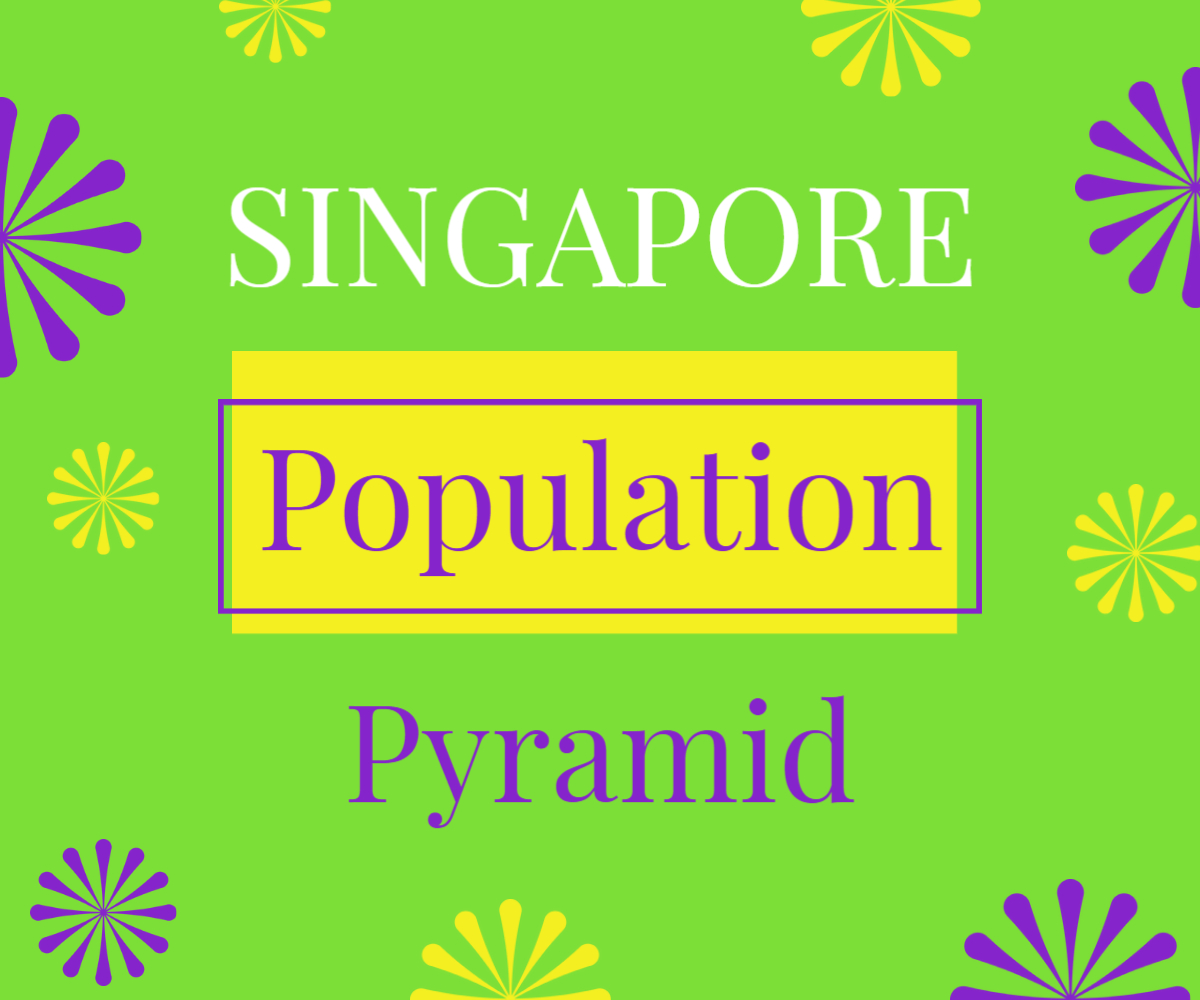Welcome to the fascinating world of Singapore’s population pyramid! In this digital age, where information is abundant and attention spans are fleeting, it is crucial to present data in a visually appealing and easily understandable manner. The Singapore population pyramid accomplishes just that. It provides a clear snapshot of the country’s demographic landscape, showcasing the distribution of age groups and genders in a pyramid-like structure. As a highly skilled assistant specializing in copywriting and digital marketing, I am here to guide you through the intricacies of the Singapore population pyramid, unraveling its significance and shedding light on the trends and patterns that shape Singapore’s population. Whether you are a student researching for a project, a curious individual exploring the world’s demographics, or a business professional seeking insights into Singapore’s consumer market, this engaging exploration of the population pyramid will equip you with valuable knowledge and a deeper understanding of Singapore’s social fabric. So, let’s embark on this enlightening journey together and uncover the secrets hidden within the pyramid!
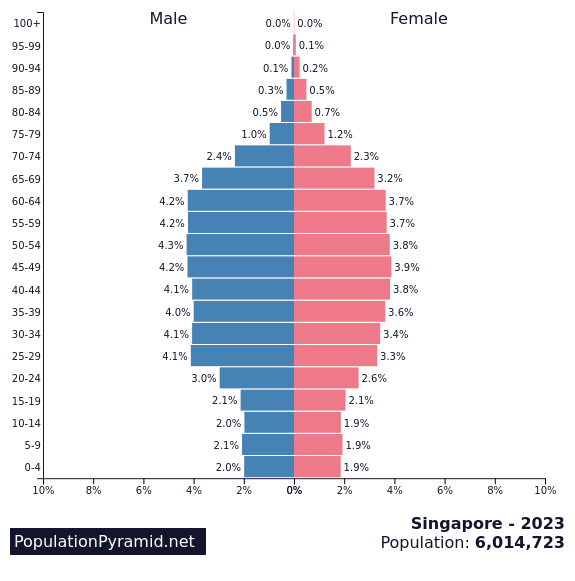
Understanding the demographic landscape of Singapore
To understand the significance of the Singapore population pyramid, it is essential to first grasp the demographic landscape of the country. Singapore, a small island city-state located in Southeast Asia, is known for its vibrant multiculturalism and economic prowess. The country has experienced rapid development and urbanization over the past few decades, resulting in a unique demographic composition. With a total population of approximately 5.7 million people, Singapore is a melting pot of different ethnicities, religions, and cultures. Understanding the demographic landscape is crucial for policymakers, businesses, and researchers seeking to make informed decisions and better understand the needs and preferences of Singapore’s population.
Importance of population pyramids in demographics
Population pyramids are powerful tools used in demographic analysis to visualize the age and sex distribution of a population. They provide a clear and concise overview of the population structure, enabling researchers and policymakers to identify trends, patterns, and potential challenges. By examining the shape and characteristics of a population pyramid, one can gain insights into the social, economic, and healthcare needs of a population. Population pyramids also serve as a valuable resource for long-term planning, policy formulation, and resource allocation. In the case of Singapore, the population pyramid offers a comprehensive view of the country’s demographic landscape, contributing to the development of effective policies and strategies for sustainable growth.
Key features and components of Singapore’s population pyramid
Now, let’s delve into the key features and components of Singapore’s population pyramid. The pyramid consists of two sides, representing males on the left and females on the right. The horizontal axis represents the age groups, typically divided into five-year intervals. The vertical axis represents the percentage or number of individuals in each age group. The shape of the pyramid reveals crucial information about the population’s age distribution and growth patterns. Singapore’s population pyramid typically exhibits a peculiar shape, characterized by a narrow base, bulging middle, and tapering top. This shape is often referred to as an “inverted pyramid” or “coffin-shaped” pyramid. The unique shape of Singapore’s population pyramid can be attributed to various factors, including declining birth rates, longer life expectancy, and government policies aimed at managing population growth.
Analysis of different age groups in the population pyramid
To gain a deeper understanding of Singapore’s population pyramid, let’s analyze the different age groups and their implications. At the base of the pyramid, we find the youngest age groups, representing children and adolescents. In recent years, Singapore has witnessed a decline in the number of births, resulting in a smaller base. This decline can be attributed to various factors, including changing societal norms, high cost of living, and career-focused lifestyles. As we move up the pyramid, we encounter the working-age population, typically between the ages of 20 and 64. This group forms the backbone of Singapore’s workforce and plays a vital role in driving economic growth. However, even this segment of the population is experiencing challenges, such as an aging workforce and a shrinking labor pool. Finally, at the top of the pyramid, we have the elderly population, aged 65 and above. This group is growing rapidly as a result of increased life expectancy and improvements in healthcare. The aging population presents both opportunities and challenges for Singapore, including the need for healthcare services, retirement support, and intergenerational solidarity.
Implications and challenges of Singapore’s population pyramid
Singapore’s unique population pyramid shape has significant implications and challenges for the country. The narrow base indicates declining birth rates, which can have long-term consequences for economic growth and sustainability. With fewer young people entering the workforce, there may be an increased burden on the working-age population to support the elderly and ensure the continued prosperity of the nation. Additionally, the aging population poses challenges in terms of healthcare expenditure, retirement planning, and social support systems. The government has recognized these challenges and implemented various initiatives to address them, such as encouraging marriage and parenthood, promoting active aging, and enhancing social safety nets. It is essential to navigate these challenges strategically and develop innovative solutions to ensure a harmonious and sustainable future for Singapore.
Factors influencing the shape of Singapore’s population pyramid
Several factors contribute to the unique shape of Singapore’s population pyramid. One of the primary factors is declining birth rates. As Singaporeans prioritize education, careers, and financial stability, the decision to start a family is often delayed or postponed. Changing societal norms, increased access to contraception, and the rising cost of living also play a role in shaping the population pyramid. Another factor is longer life expectancy. Advances in healthcare, improved living conditions, and better access to quality healthcare contribute to increased life expectancy in Singapore. This has led to a larger proportion of the population in the older age groups. Government policies and initiatives aimed at managing population growth and ensuring sustainable development have also influenced the shape of Singapore’s population pyramid. These policies include measures to address low birth rates, attract foreign talent, and enhance healthcare and social support systems.
Comparisons with population pyramids of other countries
To gain a broader perspective, let’s compare Singapore’s population pyramid with those of other countries. While Singapore’s pyramid exhibits an inverted shape, characterized by a narrow base and a larger proportion of older individuals, other countries may have different pyramid shapes. For instance, developing countries with high birth rates and limited access to healthcare may have pyramids with wide bases, indicating a large proportion of young individuals. On the other hand, developed countries with low birth rates and longer life expectancy, like Singapore, tend to have pyramids with narrow bases and larger proportions of older individuals. By comparing population pyramids, we can gain insights into the unique demographic challenges and opportunities faced by different countries, contributing to a deeper understanding of global demographics.
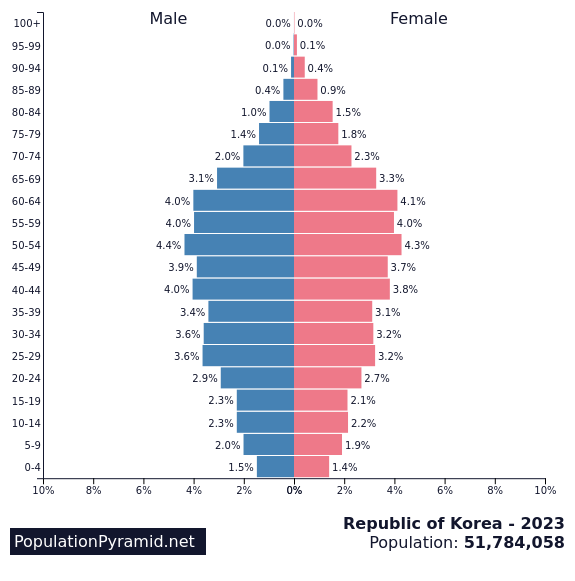
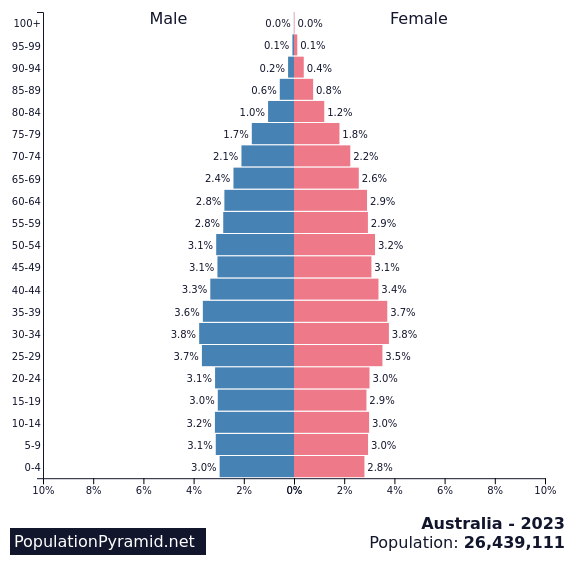

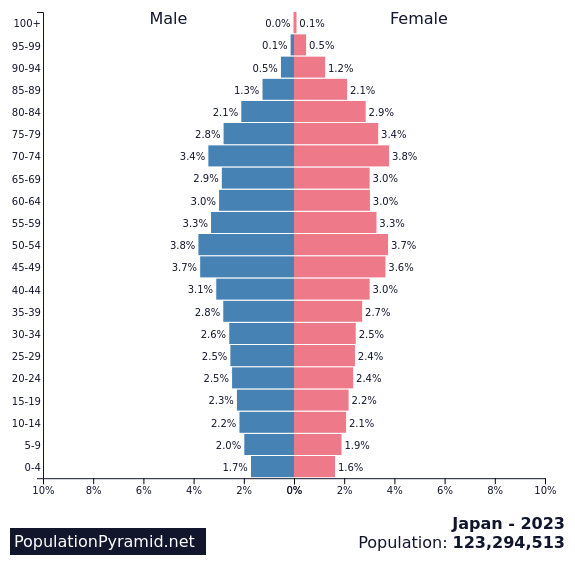
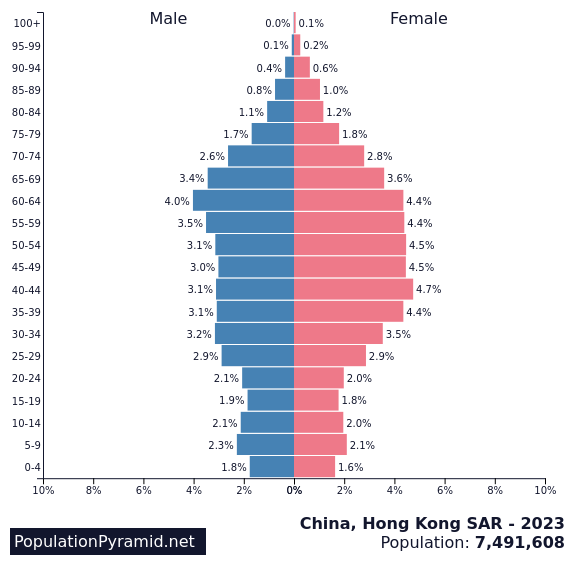



Future projections and implications for Singapore’s population
Looking ahead, it is essential to consider future projections and their implications for Singapore’s population. The Singapore government has projected that the population will continue to age, with the proportion of elderly individuals increasing significantly. This will pose challenges in terms of healthcare, retirement support, and intergenerational solidarity. As the birth rate remains low, the government is actively exploring measures to encourage marriage and parenthood, such as providing financial incentives, improving work-life balance, and enhancing childcare support. Additionally, efforts are being made to attract foreign talent and skilled workers to mitigate the effects of a shrinking workforce. By proactively addressing these challenges and developing comprehensive policies, Singapore can navigate the demographic shifts and ensure a sustainable and prosperous future for its population.
Conclusion: Understanding Singapore’s population pyramid for effective planning and policy-making
Singapore population pyramid provides a visually appealing and easily understandable representation of the country’s demographic landscape. By examining the shape, characteristics, and components of the population pyramid, we can unravel the trends, patterns, and challenges that shape Singapore’s population. Understanding the unique demographic composition of Singapore is crucial for effective planning, policy-making, and resource allocation. As Singapore continues to evolve and adapt to changing demographics, it is essential to navigate the challenges and leverage the opportunities presented by the population pyramid. By doing so, Singapore can ensure a sustainable and prosperous future for its population, while maintaining its position as a global leader in innovation and economic development. So, let’s continue to explore the secrets hidden within the pyramid and uncover the insights that will shape Singapore’s future!
